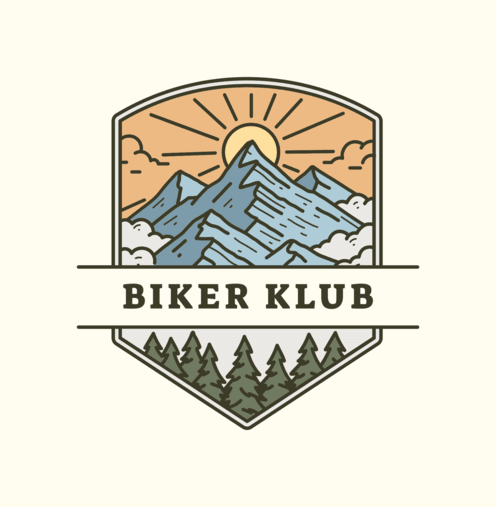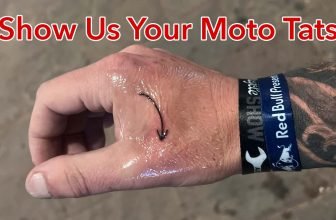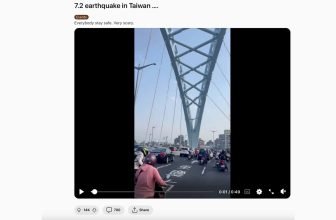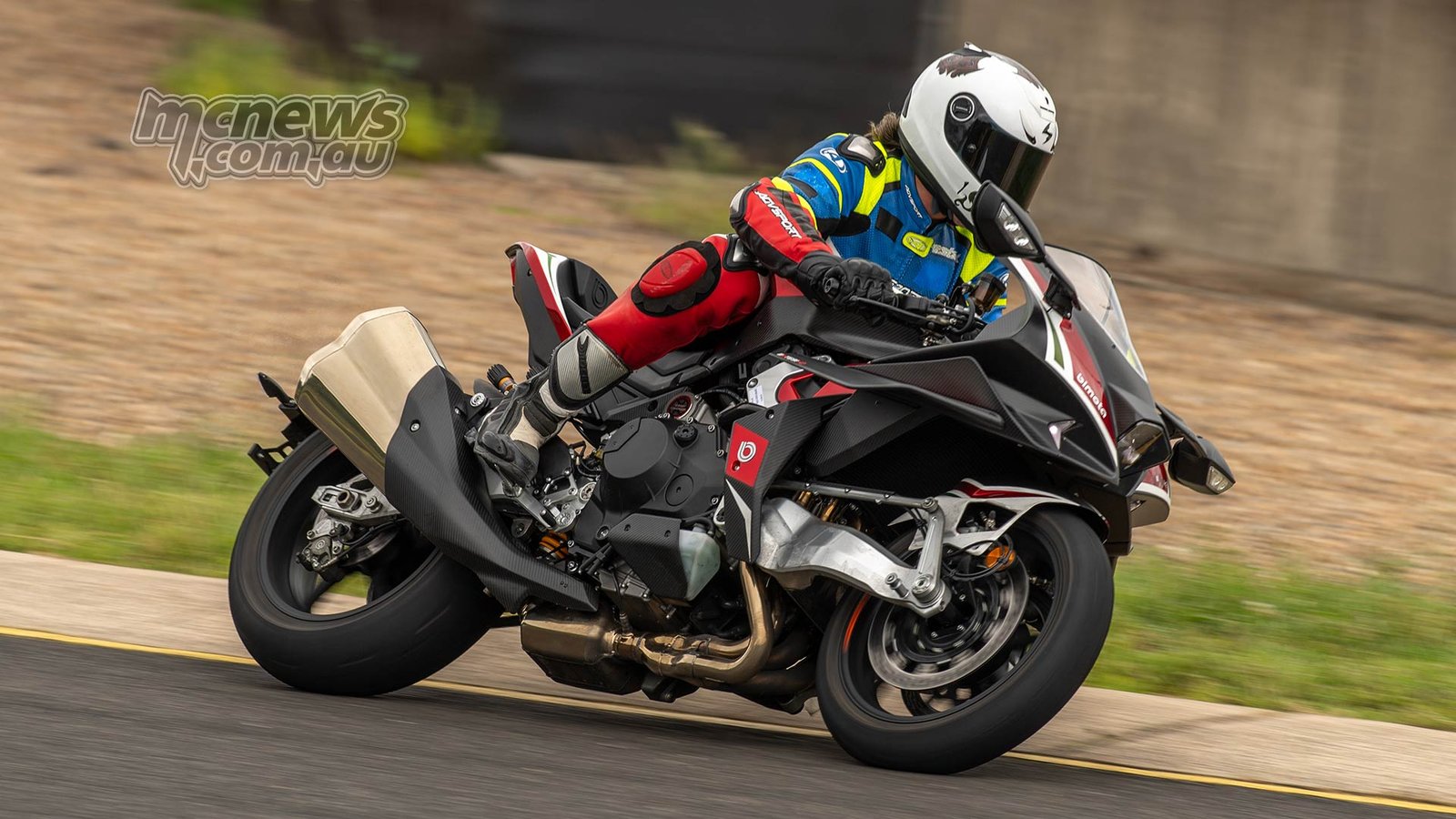
[ad_1]
Bimota Tesi H2 / KB4 Evaluation
Evaluation by Mat Mladin – Photos Half Mild
It’s superior to be feeling good and in adequate form to have the ability to take pleasure in driving a bike once more. Trev from MCNews.com.au clearly guessed I had a little bit of an itch which may want scratching, so threw me the keys to 2 fairly unique machines for a number of laps round Sydney Motorsports Park lately.
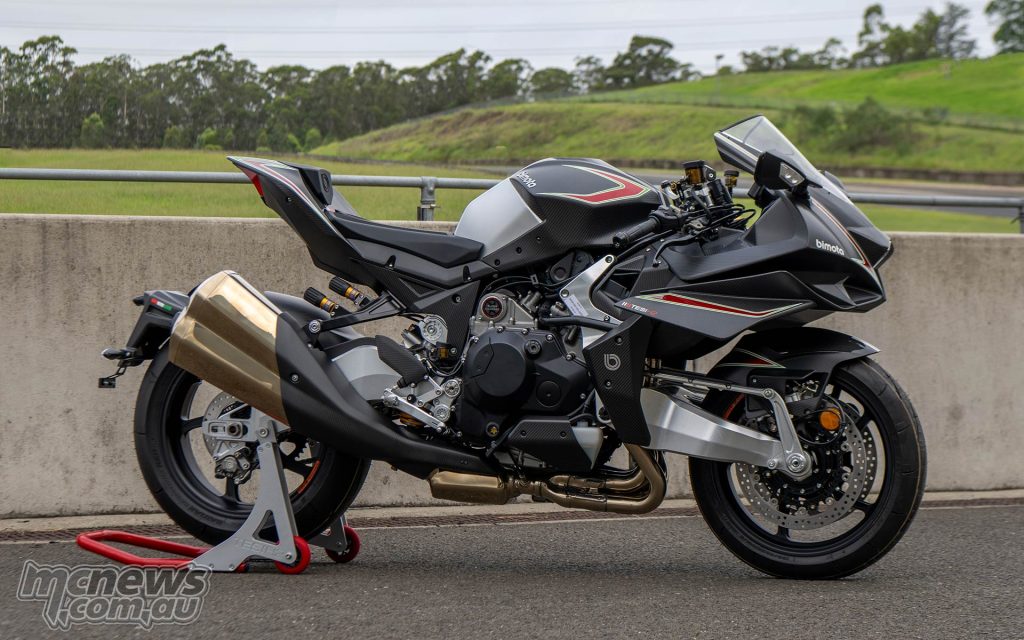
I haven’t actually felt the will to trip a sport bike since I retired from racing 14 years in the past. I attempted a few occasions, however bought completely no enjoyment out of it in any respect. Nonetheless, when Trev requested me to have a crack on these new Bimota machines at SMSP, I discovered I used to be sort of excited.
For those who aren’t already conscious, Kawasaki Heavy Industries bought 49.9 per cent of Bimota again in 2019. The Tesi H2 and KB4 are the primary collaborations between the 2 corporations in 40 years.
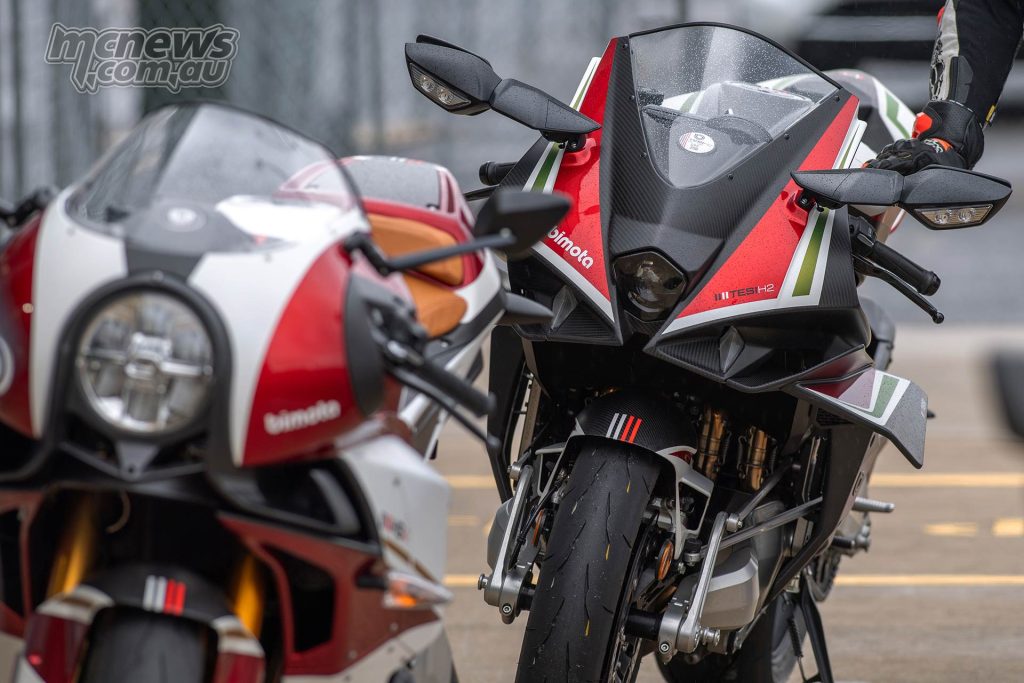
Bimota’s wheelhouse has been to seize an engine and its administration system from one of many different producers, and construct their very own little piece of Italy round it. Each the Tesi H2 and the KB4 are not any totally different and with the purchase in, Kawasaki will now be closely concerned in Bimota’s future.
Yow will discover all of the specs on each of those Italian beauties under. However specs imply little or no to me. How a motorbike feels means the whole lot, particularly for road driving. However typically equipment like Brembo and Ohlins communicate for themselves.
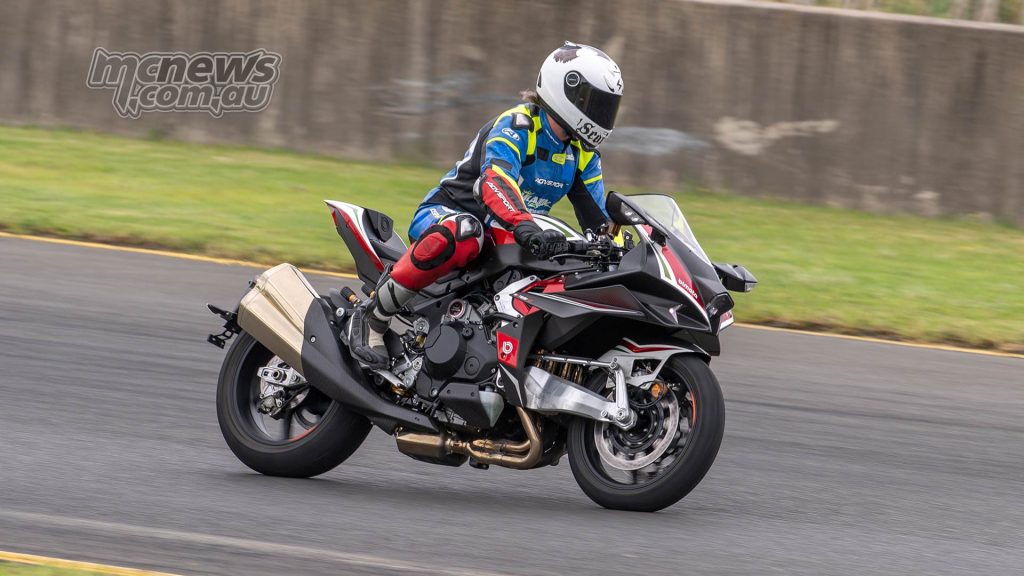
I rode the bikes in two alternative ways as a result of realistically I can’t see both of those bikes displaying up for a lot of monitor days, so they are going to in all probability be solely ridden on the street. Principally I rode sitting in the midst of the seat and never placing an excessive amount of physique enter into the bike and handlebars, extra like we’d on a street trip.
Approaching the bikes within the pit storage for the primary time, what got here to thoughts was how totally different the Tesi H2 and the KB4 appeared. With most manufacturers you can inform the producer from 100 paces simply by taking a look at them, not these two bikes. The Tesi H2 appears very Kawasaki impressed, whereas the KB4 could attraction far more to the Bimota purist.
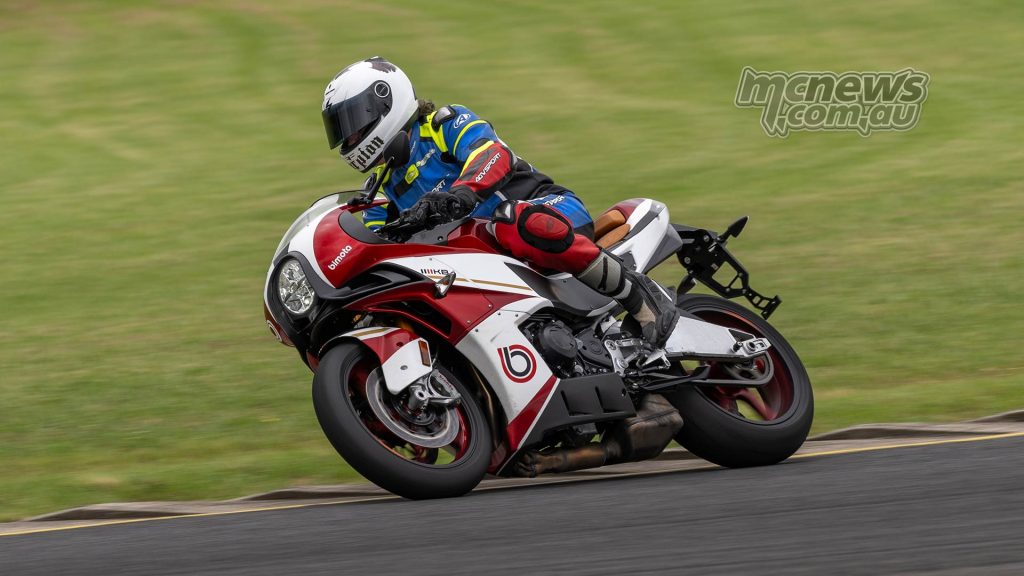
The speak all over the place earlier than I rode the bikes was largely centred across the Tesi and its supercharged 230 horsepower engine and the swing-arm entrance finish. Nonetheless, I’ll begin with the bike that I loved probably the most.
If I used to be buying one in every of these two bikes it will be the KB4. I personally actually just like the look of it. It has a retro type and grew on me all through the day.
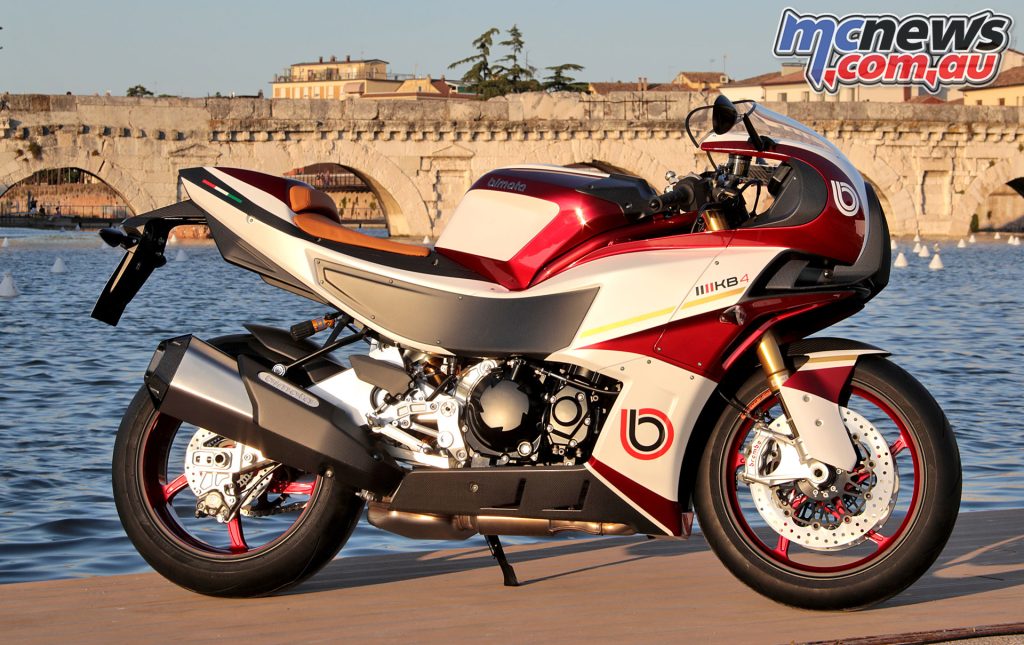
The motor was stunning and easy proper from preliminary throttle choose up and from method down low within the rpm and throughout. For those who knew how fastidious (my crew would say a ache within the arse) I used to be when it got here to how I wanted a really easy throttle response on preliminary choose up of the throttle, then you definately would higher perceive once I say how easy the KB4 really is.
I left the bike in third gear for the entire lap when doing a number of laps street type, and there was ample torque from proper down low, even for the ridiculously tight hairpin out the again. When pushing it, I used to be utilizing second gear within the tighter corners, and the KB4 pulled exhausting.
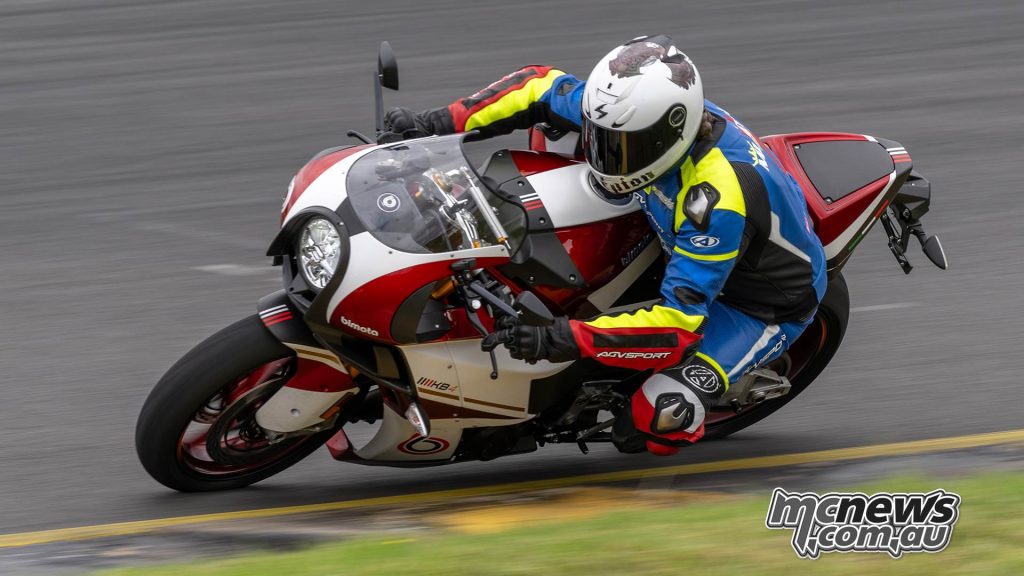
Each ends of the suspension have been too comfortable for me straight out of the field however there was good suggestions by the bike. The KB4 felt very gentle flicking it back and forth. Today was purely to get a really feel of the bikes and get some footage, so little to no changes have been finished.
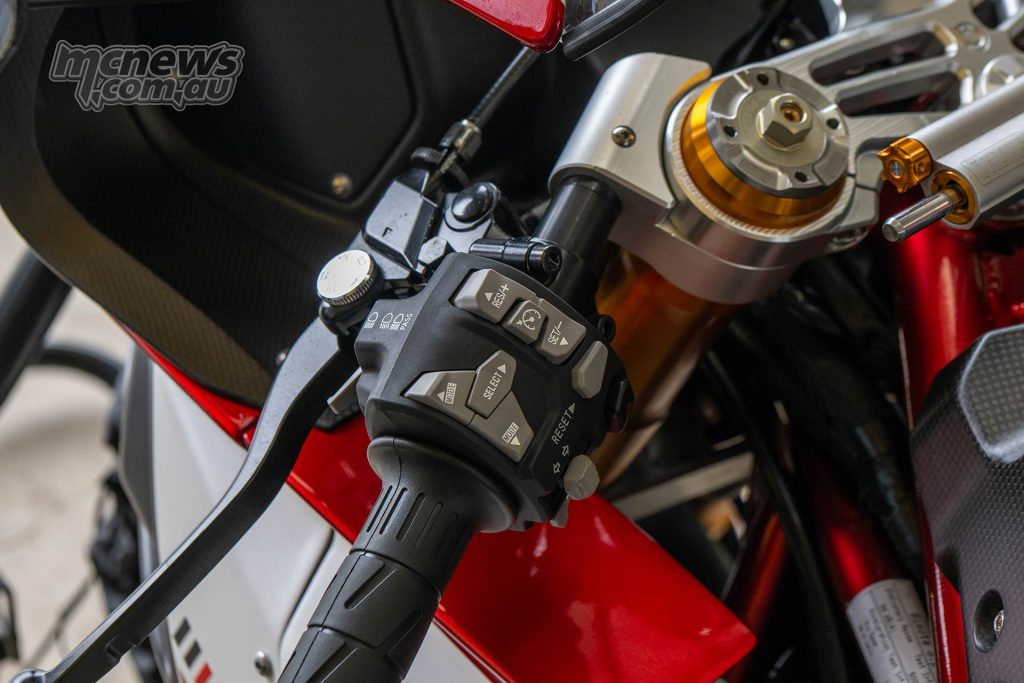
It’s necessary to keep in mind that I used to be a racer that used suspension so exhausting that lots of my team-mates thought I used to be nuts. In 1992, my first 12 months on the Superbike, we ran the WSBK spherical at Phillip Island and the Ohlins boys from Sweden pushed on my forks they usually thought one thing was unsuitable with them. Any inventory bike goes to really feel comfortable to me. The inventory Pirellis caught like crap to a blanket although and that helped.
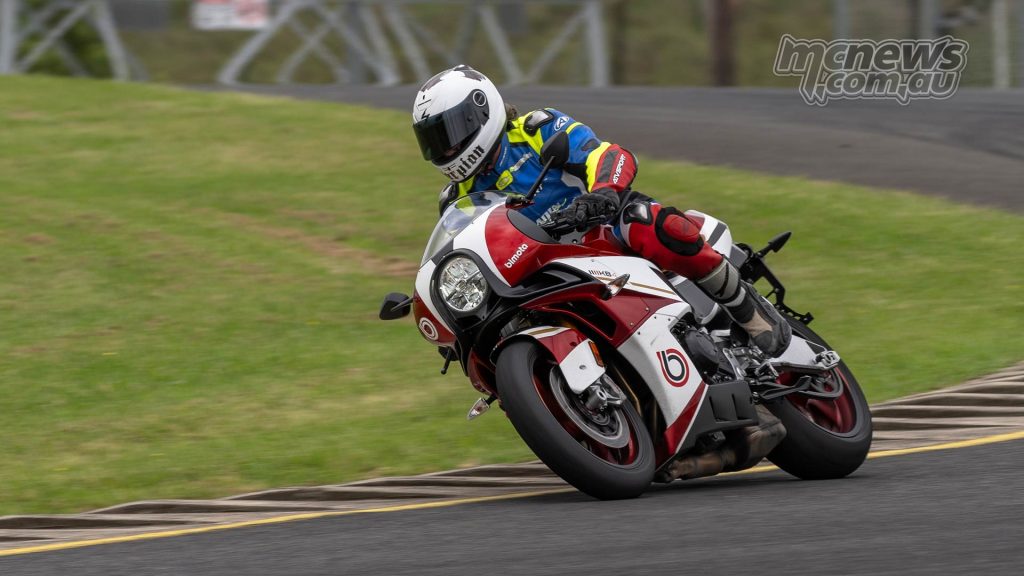
I didn’t contact any of the whiz-bang buttons and changes for the traction management or any of that stuff. No level with how gradual I trip as of late. The short-shifter labored wonderful, each time. The KB4 was enjoyable to trip.
The Tesi H2 was attention-grabbing. I actually just like the styling of the bike and the swing-arm on the entrance appears fairly cool.
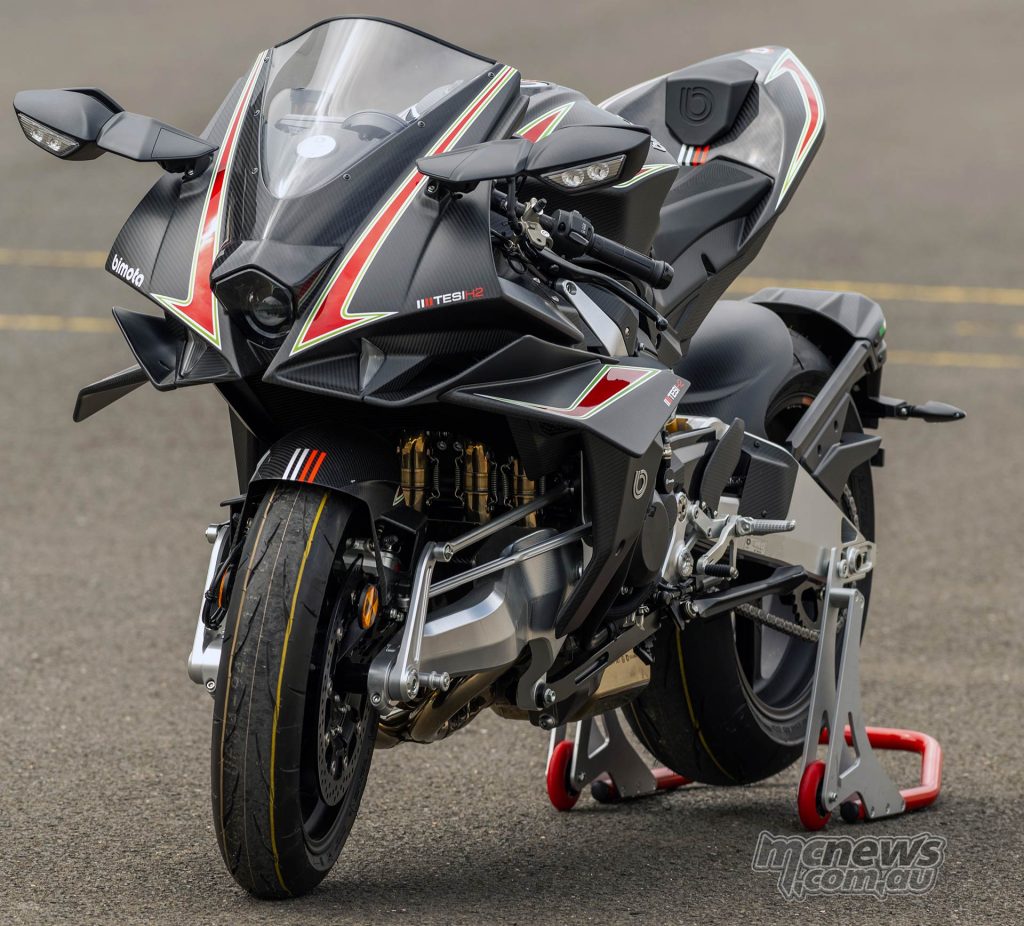
A 230 hp supercharged road bike… The Tesi H2, bar the entrance swingarm, appears extra Kawasaki impressed.

The engine was very highly effective; there’s completely little question about that. Apart from the very abrupt preliminary throttle opening the place the bike jumped too aggressively, the motor pulled easily, and to say it was very sturdy is a definite understatement.
The engine and all electronics are Kawasaki, so I wouldn’t anticipate something lower than the whole lot working properly. The short-shifter was easy and exact.
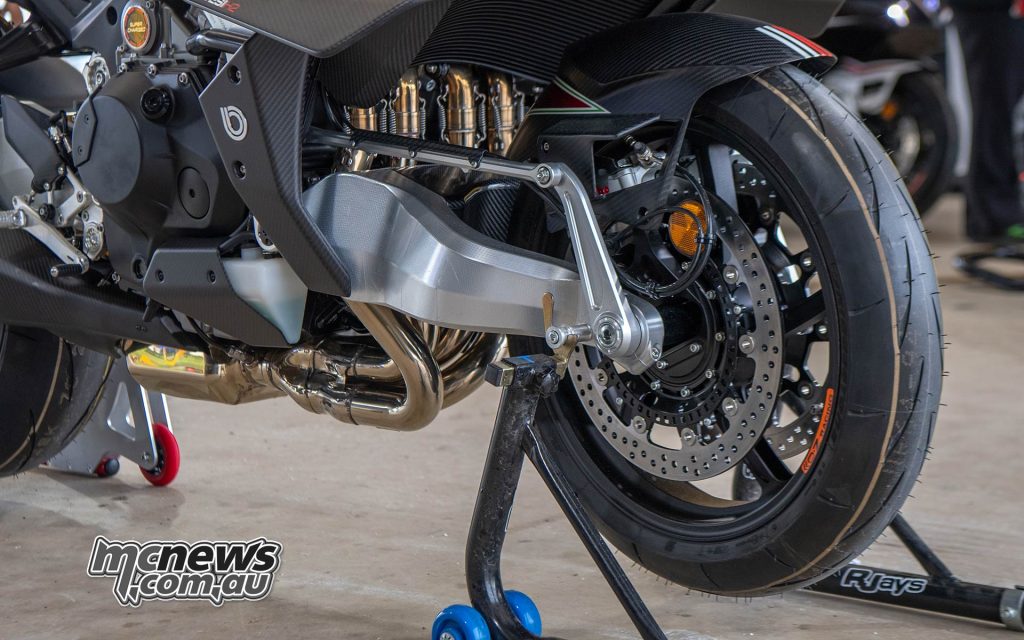
You additionally get a full arrow exhaust system as a part of the package deal which I’m advised saves about eight kilograms. They’ve designed a nifty little set-up for the headers to be modified shortly. Instantly on the exhaust aspect, they’ve 4 quick little headers that flip down at ninety levels and are perhaps 100 mm in size.
That is the place the entire exhaust is mounted up by the standard exhaust springs. It’s a sensible design and can make any proprietor glad when it comes time to check out the aftermarket Arrow system.

That lever hanging out the entrance, for my part, wants some set-up time to make it work in addition to it will possibly, that’s if you wish to trip the bike tougher than a typical street trip. It’s fairly an advanced system.
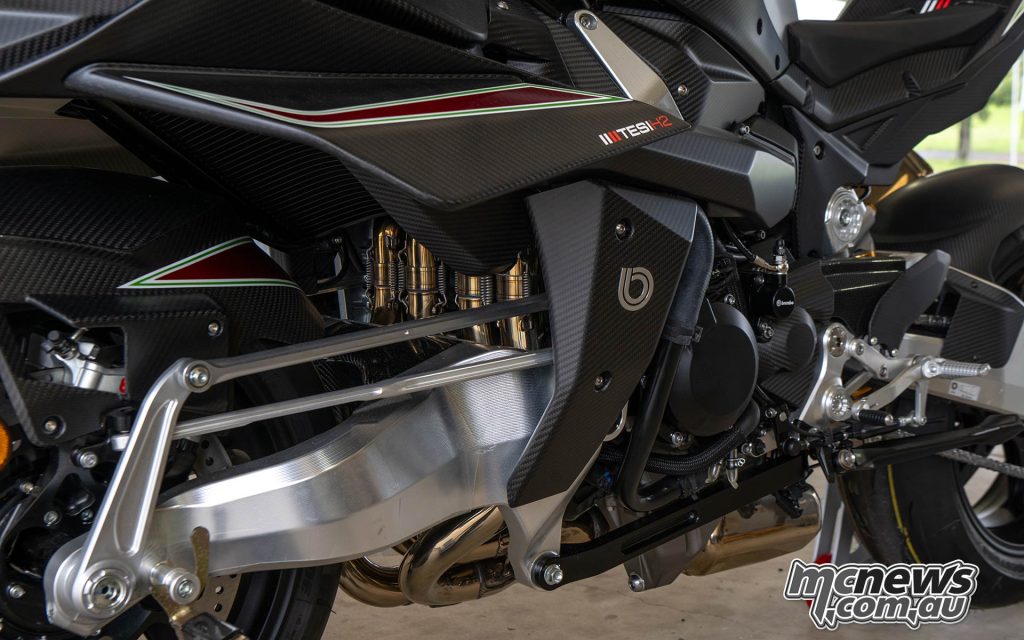
Attempting to get as a lot really feel by a rear cushion unit that travels lower than half the quantity than regular typical forks journey is a giant ask, particularly by a linkage system like this. Each entrance and rear swing-arms are bolted to the engine. There isn’t any ‘typical chassis’.
I had an excellent look underneath the bike to see what was happening. The twin RSUs clearly stand out.

The one on the left of the bike controls the entrance swing-arm. The suitable aspect shock controls the rear finish. The linkages for back and front are very totally different. I’d have an interest to know what the ratios of each are.
Using in a extra street type the entrance finish of the Tesi felt advantageous, however when pushing a bit of I discovered there to be some vagueness in suggestions to the rider.
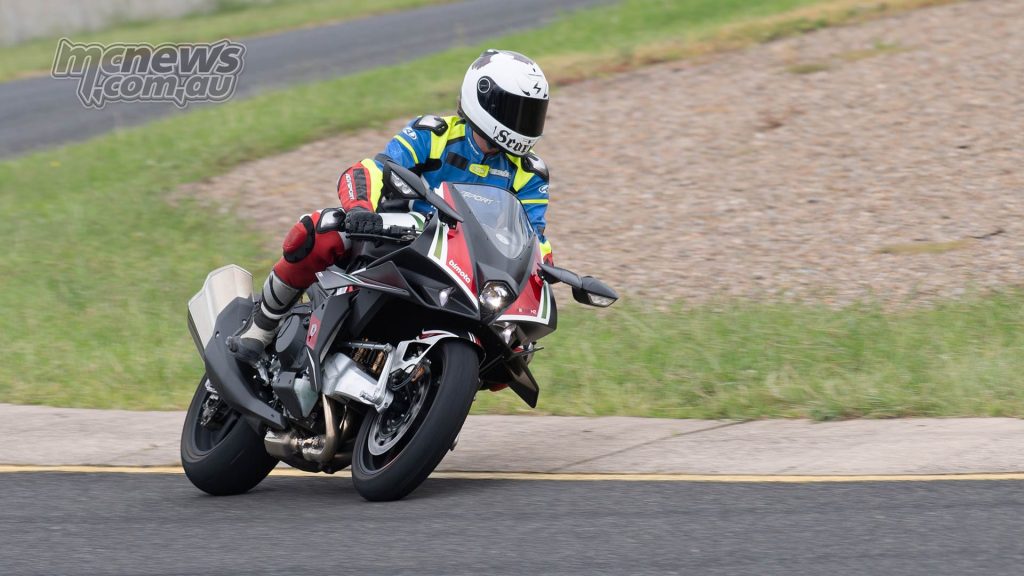
Rear trip top is well adjusted, as is entrance and rear spring pre-load, compression and rebound settings. Actually attain down the left or proper aspect of the bike and the adjusters are at your fingertips.

For the lovers of bikes with wings, the Tesi doesn’t disappoint. It has the biggest wing on the entrance of a motorbike that I’ve ever seen. I’m not one in every of them lovers of wings. I nonetheless desire a extra conventional look, and happily Bimota have clearly thought of this, the wings are detachable with two easy screws on either side. It’s a one minute job, good.
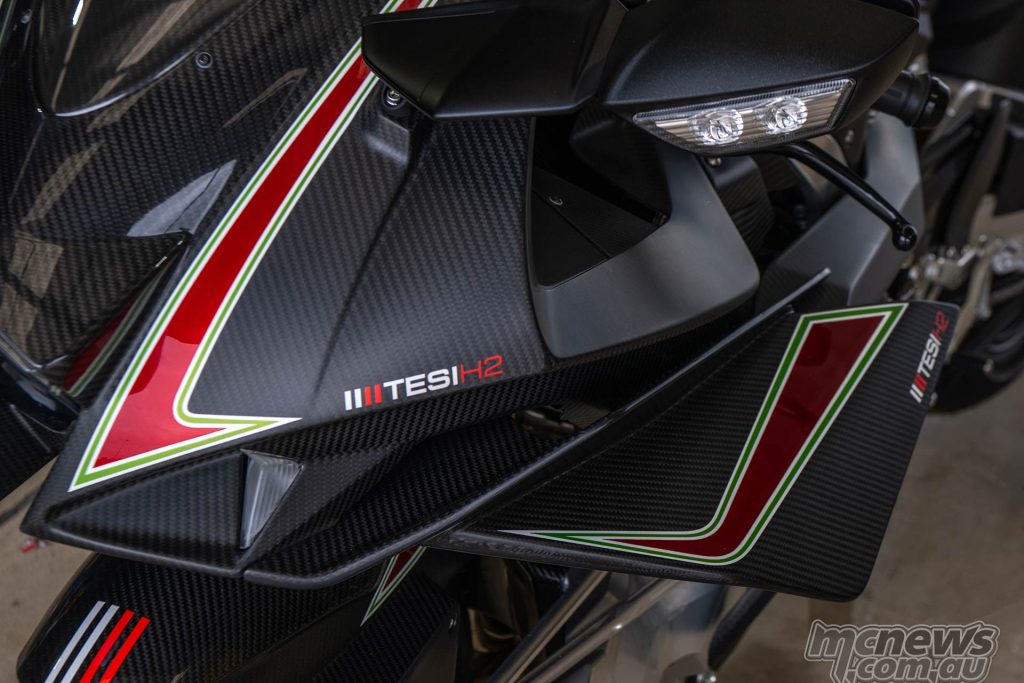
Bimota has delivered two very totally different bikes, they’re each beautiful and provide fairly distinctive driving experiences.
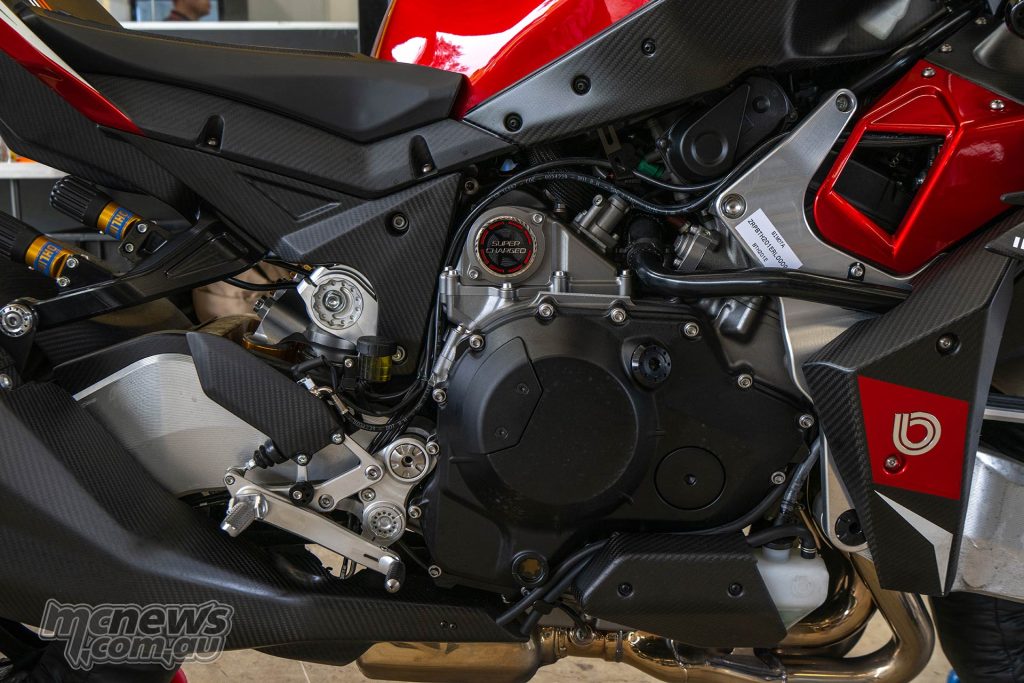
The Tesi H2 is a massively highly effective technological oddity that’s fairly bespoke, however one that’s nonetheless nice to trip.
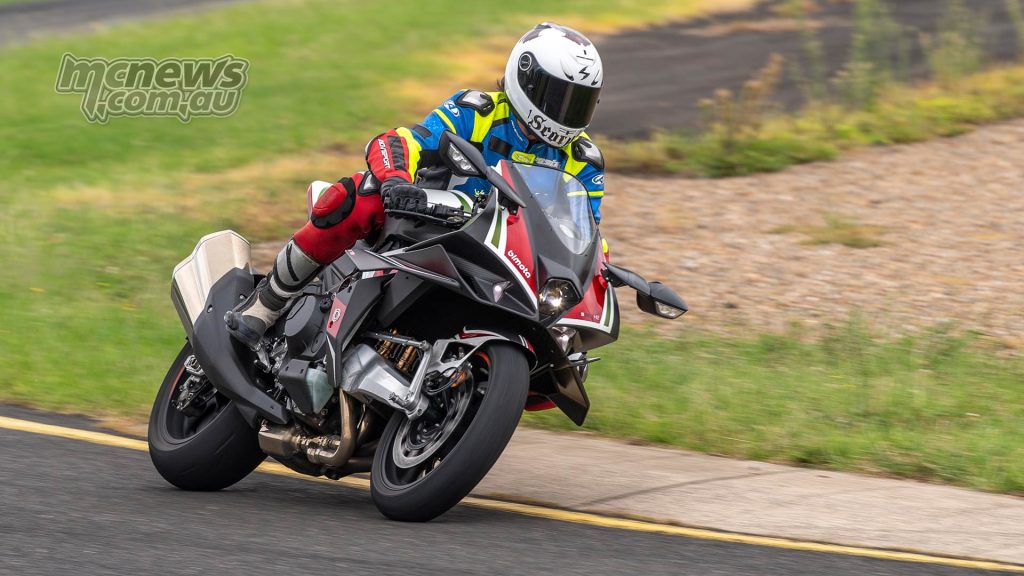
Nonetheless, for me, the KB4 ticked extra packing containers. It simply felt nicer to trip on its extra typical Ohlins suspension and the engine was extra pure in its response.

I additionally most popular the a lot much less highly effective engine for street use. I’d pocket the $30K change and take that one residence I reckon.
Bimota Tesi H2 Specs
| Bimota Tesi H2 Specs | |
| Engine | 4-stroke, four-cylinder, DOHC, four-valve, liquid-cooled, supercharged |
| Displacement | 998cc / 60,9 cu-in |
| Bore x Stroke | 76 x 55 mm |
| Compression Ratio | 8.5:1 |
| Energy | 170 kW (231 hp) @ 11500 rpm |
| Torque | 141.7 Nm (104.51 lb-ft) @ 11,000 rpm |
| Gas System | DFI with 50mm throttle our bodies (4) with twin injection, Euro-4 |
| Ignition | TCBI with digital advance |
| Ignition Timing | 10° BTDC @ 1.100 rpm > 33° BTDC @ 11,000 rpm |
| Beginning System | Electrical starter |
| Cylinder Numbering Technique | Left to proper 1-2-3-4 |
| Firing Order | 1-2-4-3 |
| Lubrication System | Compelled lubrication (moist sump) |
| Engine Oil Capability | 5.0 L |
| Coolant Capability | 2.5 L |
| Transmission | Six-speed, return shift, dog-ring, fixed mesh |
| Clutch | Moist, multi disc |
| Remaining Drive | Sealed chain drive |
| Major Discount Ratio | 1.551 (76/49) |
| Remaining Discount Ratio | 2.444 (44/18) |
| General Drive Ratio | 5.110 (Prime gear) |
| Gear Ratios | 1st 3.188 (51/16), 2nd 2.526 (48/19), third 2.045 ((45/22), 4th 1.727 (38/22), fifth 1.524 (32/21), sixth 1.348 (31/23) |
| Body Kind | Aluminum alloy plates billet machined, with rear swingarm mounting plate |
| Entrance Suspension | Öhlins TTX 36 nitrogen fuel charged shock with piggyback reservoir, 24-way compression and rebound damping and adjustability and hand-turn spring preload adjustability, and top-out spring, 100 mm journey |
| Rear Suspension | Öhlins TTX36 nitrogen fuel charged shock with piggyback reservoir, 24-way compression and rebound damping and adjustability and hand-turn spring preload adjustability, and top-out spring, 130 mm journey |
| Entrance Brakes | Twin radial-mount, opposed four-piston Brembo Stylema calipers, twin semi-floating 330 mm discs, KIBS ABS, opposed 2-piston calipers, single 220 mm disc, KIBS ABS |
| Tyres | 120/70 ZR17, 200/55 ZR17 |
| Rake/Path | 21.3° / 117 mm |
| General Size | 2.074 mm |
| General Width | 770 mm |
| General Top | 1155 mm (+/-10 mm) |
| Floor Clearance | 140 mm (+/-10 mm) |
| Wheelbase | 1445 mm |
| Seat Top | 840 mm (+/-10 mm) |
| Curb Weight | 219 kg (1/3 tank gas) |
| Gas Capability | 17 lt |
| Digital Rider Aids | Kawasaki Cornering Administration Operate (KCMF), Kawasaki Traction Management (KTRC), Kawasaki Launch, Management Mode (KLCM), Kawasaki Clever anti-lock Brake System (KIBS), Kawasaki Engine Brake Management, Kawasaki Fast Shifter (KQS) (upshift & downshift), Öhlins Digital Steering Damper, LED Cornering Lights |
Bimota KB4 Specs
| Bimota KB4 Specs | |
| Engine | 4-stroke, 4-cyl, DOHC, W/C |
| Valve system | 4-valve |
| Displacement | 1.043 cc |
| Bore x Stroke | 77 × 56 mm |
| Compression ratio | 11.8:1 |
| Max. energy | 105 kW (142 HP) @ 10,000 rpm |
| Max. torque | 111 Nm (11.3 kgfm) @8,000 rpm |
| Lubrication system | Compelled Lubrication (moist sump) |
| Engine oil capability | 4.0 L |
| Gas system | DFI 38 mm throttle our bodies(4), Euro-5 |
| Transmission | Six-speed |
| Clutch sort | Moist, multi-disc |
| Gear ratio | 1st 2.600(39/15); 2nd 1.950(39/20); third 1.600(24/15); 4th 1.389(25/18); fifth 1.238(26/21); sixth 1.107(31/28) |
| Major discount ratio | 1.627 (83/51) |
| Remaining discount ratio | 2.733(41/15) |
| Gasoline sort | Unleaded premium |
| Gas capability | 19.5 L |
| Body sort | Entrance body trellis made by Hello-resistance metal with Aluminum alloy plates |
| General size | 2050 mm |
| General Width | 774 mm |
| General Top | 1150 mm |
| Wheelbase | 1390 mm |
| Floor clearance | 140 mm |
| Seat top | 810 mm (+/- 8 mm) |
| Rake angle/Path | 24.0°/ 100.8 mm |
| Entrance Suspension | Öhlins entrance fork FG R&T 43 NIX30, 130 mm journey |
| Rear Suspension | Aluminum alloy Swingarm billet with Öhlins TTX 36, 122mm journey |
| Tyre sizes | 120/70ZR17, 190/50ZR17 (F/R) |
| Wheels | Oz Racing Cast J17 M/C MT 3.50, MT6.00 (F/R) |
| Brakes | Twin disc 320 mm, Brembo monoblock calipers, single rear disc 220 mm |
| Curb weight | 194 kg |
Bimota KB4 & Tesi H2 Gallery
[ad_2]
this Article is Supply FromSource link
